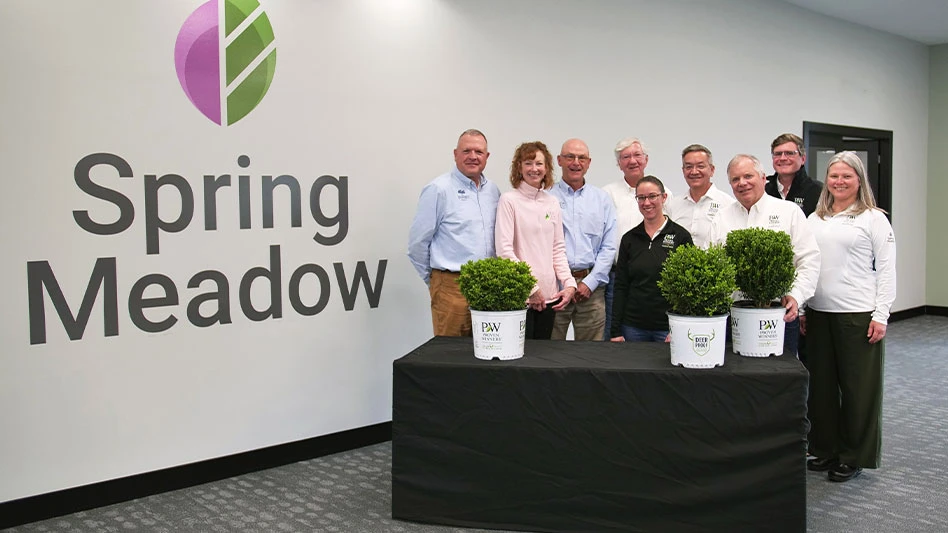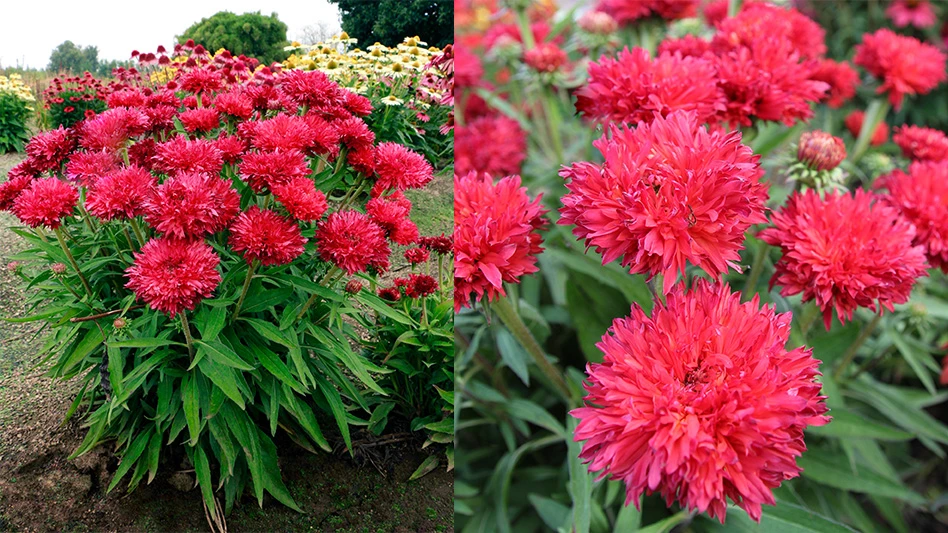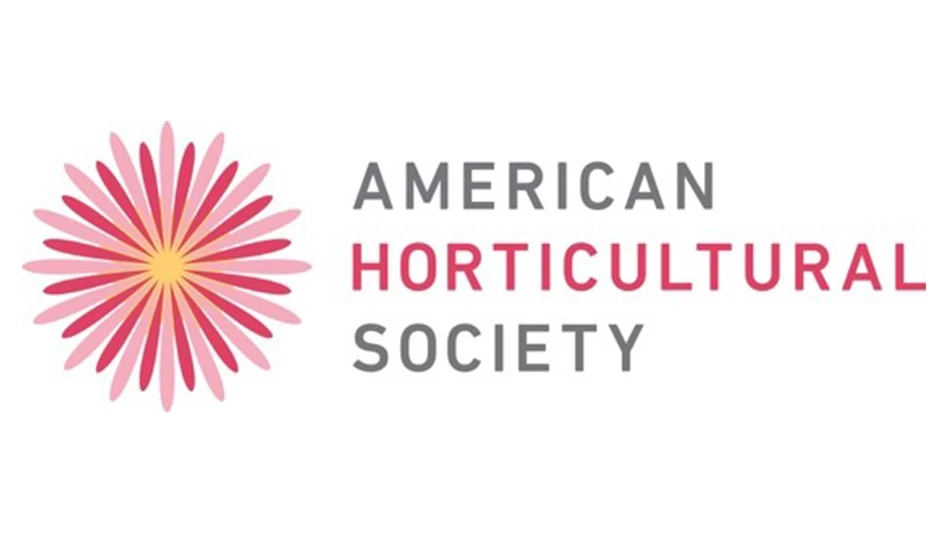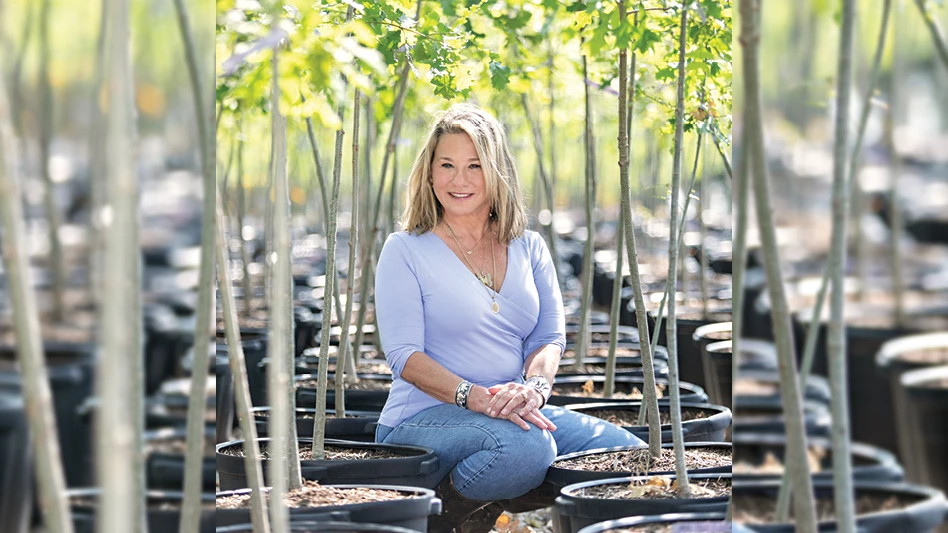 Inert materials are absolutely vital to turning active ingredients into user-friendly products that can be easily mixed in water and applied with strong control performance.Never before in this industry have commercial growers had access to such a wide selection of control products and different registered active ingredients. As more of these active ingredients come off-patent there will be an increase in the number of products available from post-patent companies. As more off-patent products are released, it’s important that growers understand that not all pesticide formulations are created equal. This is particularly important for ornamental growers, who produce some of the most valuable crops on a per-acre basis.
Inert materials are absolutely vital to turning active ingredients into user-friendly products that can be easily mixed in water and applied with strong control performance.Never before in this industry have commercial growers had access to such a wide selection of control products and different registered active ingredients. As more of these active ingredients come off-patent there will be an increase in the number of products available from post-patent companies. As more off-patent products are released, it’s important that growers understand that not all pesticide formulations are created equal. This is particularly important for ornamental growers, who produce some of the most valuable crops on a per-acre basis.
What to know about inerts
The term “inert” is used by regulatory organizations to distinguish those chemistries in a product that are not participating directly in a biochemical interaction to control a particular pest. The term can be a bit misleading as these ingredients are not simply filling space, but play a key role in effectively delivering an active ingredient to a crop.
A key aspect of any pesticide formulation is most active ingredients available today are not very water-soluble and, in fact, can be extremely hydrophobic or “water-fearing.” Simply put, an active ingredient is not very effective in a spray tank if used alone. Inert materials are vital to turning active ingredients into user-friendly products that can be easily mixed in water and applied with strong biological performance. This is a common characteristic, and it applies to most active ingredients even if they are very viscous oils or solids with a variety of crystal forms, structures and shapes. Typical inert ingredients in agrochemicals products are:
Surfactants. Given that many active ingredients are hydrophobic, surfactants function as wetting agents to allow the surface of active ingredient crystals to be “wetted” by water. Some surfactants can be polymeric, meaning they are made up of long chains of molecules, and function as dispersants to keep particles from aggregating or sticking together.
Thickeners. As most active ingredients have a higher density than water, associative thickeners are needed to build structure in the product and prevent the active ingredient particles from settling out in the package container.
Preservatives. Preservatives are added to chemical products to prevent the growth of microbes which can digest thickeners, resulting in the settling out of active ingredients.
Anti-foams. Anti-foams can be important in preventing the formation of stable foam in a spray tank which can cause application problems.
Antifreeze. These agents allow products to withstand freeze-thaw cycles.
Rainfastness agents. Rainfastness agents allow contact products to remain on leaf surfaces.
Adjuvants. These can be incorporated to help improve active ingredient efficacy.
The quality of an inert can have a tremendous impact on the overall performance of a product. All inerts used in pesticide formulations must be approved for use by U.S. Environmental Protection Agency (EPA).
Formulation types
The most common types are:
Suspension concentrates (SC). Suspension concentrates, also known as flowables, are dispersions of active ingredients in water. Suspension concentrates are among the more challenging formulations to develop. Strong scientific expertise is needed to develop stable suspensions that are safe to plants, are easy to handle and mix and show good bioefficacy (how effective they are in controlling weeds, insects and/or pests).
Water-dispersible granules (WG). Some growers prefer to use dry rather than liquid control products. For these types of products, water-dispersible granules are very popular due to their desirable handling characteristics. Well-designed water-dispersible granules disperse quickly upon exposure to water, and with this intent different ingredients are added to enhance disintegration. Wetting agents/dispersants are also needed to allow hydrophobic active ingredients to disperse readily in water once the granules are dissolved.
The combination of the right binders and carriers deliver a water-dispersible granule that is immune to attrition from shipping and handling, is non-dusty, and disperses and suspends well in a wide variety of water conditions, such as water-hardness, pH and temperature. Special attention is given to particle size distribution, as it can impact such properties as suspension efficacy and phytotoxicity for some active ingredients.
Emulsifiable concentrates (EC) and microemulsifiable concentrates. Emulsifiable concentrates (EC) and microemulsifiable concentrates (MEC) are solvent-based products designed to form emulsified droplets of oil and an active ingredient upon dilution in a spray tank. To achieve this, a relatively large amount of surfactant is needed—the highest of any common formulation type.
Microemulsifiable concentrates form much smaller droplets upon dilution than those formed by emulsifiable concentrates and tend to be more stable upon dilution. Because solvents and surfactants have the potential to cause phytotoxicity, it is critical for manufacturers to do extensive field testing of formulations during the development process to ensure plant safety. One advantage of these formulations is often improved uptake by the plants.
Other effects/roles of inerts
Inerts can affect tank mix compatibility, how well active ingredients resuspend after settling out in a spray tank and compatibility with application equipment. Given all the possible combinations, compatibility testing requires a significant amount of resources from manufacturers and a strong knowledge of the various types of tank mixers used in the industry.
Incompatibility can result in the formation of large clumps or aggregates of particles/droplets as well as phytotoxicity. An example of this is when an inert ingredient in a systemic product enhances transport of a contact product across the leaf cuticle causing injury. Inert ingredients can impact the safety profile of a product, requiring toxicity testing of the formulation in addition to the active ingredient alone.
Post-patent products
When regulatory packages are submitted to EPA, the formulation details are contained in the Confidential Business Information section. The formulation recipe is known only by the manufacturer and EPA. Other companies, including post-patent suppliers, do not have free access to the formulation recipe and must develop or outsource development of their own formulations. Basic chemical manufacturers have more experience working with the active ingredients they developed than post-patent companies would for the same molecule. This experience is critical to understanding technical aspects of the active ingredient needed to formulate the highest performing product possible.
It’s important for growers to know that formulation characteristics such as particle size, tank mix compatibility, ease of handling and mixing, resistance to microbial contamination and long term physical stability of the formulation are not regulated. When post-patent companies want to register a product based on the basic manufacturer’s registration, they are not required to submit efficacy data for their formulations. The post-patent companies can merely cite the basic manufacturer’s data. It is possible for a post-patent company to sell a product that has never actually been commercially field tested.
Formulations are highly complex systems that are critical for the safe and effective delivery of active ingredients to crops. Inert ingredients and processing parameters impact a grower’s overall experience with a product. Processing parameters refer to a manufacturer’s behind-the-scene efforts during product development to ensure optimal formulation performance, including particle size, suspension concentrate and handling and mixing testing.
When buying pest control products, growers should consider more than price. They should consider a manufacturer’s reputation, its scientific resources, industry dedication, and other tools offered to ensure a grower’s success.
Giulia Capuzzi is staff chemist, Syngenta Professional Products, giulia.capuzzi@syngenta.com; www.syngentaprofessionalproducts.com.
Get curated news on YOUR industry.
Enter your email to receive our newsletters.
Explore the July 2010 Issue
Check out more from this issue and find your next story to read.
Latest from Nursery Management
- The HC Companies, Classic Home & Garden merge as Growscape
- Eason Horticultural Resources will now officially be known as EHR
- BioWorks receives EPA approval for new biological insecticide for thrips, aphids, whiteflies
- Ellen Mackenbach-Lakeman appointed new CEO of Dümmen Orange
- Southern Garden Tour sets 2025 dates for trial garden open houses
- New book explores plants that thrive in Rocky Mountains
- American Floral Endowment establishes Herman Meinders Memorial Tribute
- These companies are utilizing plastic alternatives to reduce horticultural waste






